The Sword of Bannockburn (#1317)
The Sword of Bannockburn
C. 1400-1425, Type XIV blade.
The Philadelphia Museum of Art.
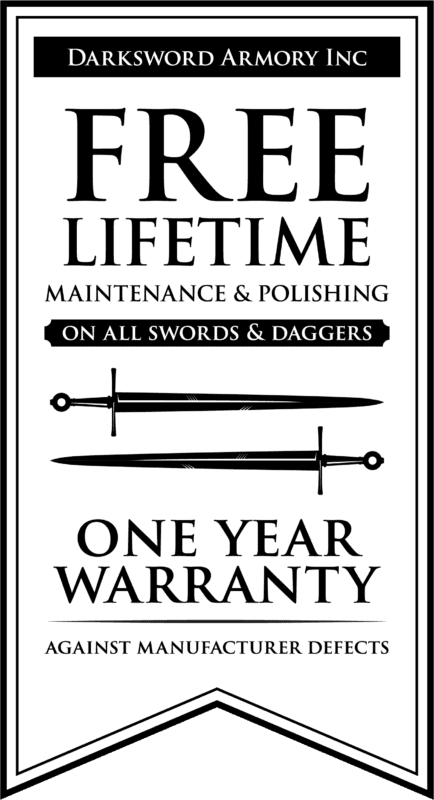 This is an extremely rare surviving example of a type of sword carried by Scottish knights. A similar sword is represented on a funeral monument believed to be that of Robert de Greenlaw (died 1411) at Kinkell, Aberdeenshire, Scotland. The original resides in the Philadelphia Museum of Art, having been bequeathed to the museum in the late 1970s from a private collection. The single-handed, double-edged sword is a unique take on the standard nightly arming sword designs, with upswept and flared cross guard matched with the classic wheel pommel with a peen block. The sword is named after the Scottish hero, Robert the Bruce, who united the clans during the war of Scottish independence and eventually turned the tide in the battle of Bannockburn.
This is an extremely rare surviving example of a type of sword carried by Scottish knights. A similar sword is represented on a funeral monument believed to be that of Robert de Greenlaw (died 1411) at Kinkell, Aberdeenshire, Scotland. The original resides in the Philadelphia Museum of Art, having been bequeathed to the museum in the late 1970s from a private collection. The single-handed, double-edged sword is a unique take on the standard nightly arming sword designs, with upswept and flared cross guard matched with the classic wheel pommel with a peen block. The sword is named after the Scottish hero, Robert the Bruce, who united the clans during the war of Scottish independence and eventually turned the tide in the battle of Bannockburn. Blade Material: 5160 High Carbon Steel
Blade length: 32.5″
Total length: 42.5″
Blade width at base: 2″
Weight: 3 lbs 3 oz
USD600.00 – USD755.00
The Sword of Bannockburn
C. 1400-1425, Type XIV blade.
The Philadelphia Museum of Art.

Most North Americans were introduced to the character of Robert the Bruce, King Scotland (1306-1329), to the 20th century film Braveheart, a film which remains controversial in Scotland due to its historical “liberties”. The aspect of the film most reviled by Scottish citizens is its portrayal of Robert the Bruce as coward, as someone who betrayed William Wallace, and as a Scottish traitor. In the film, only Wallace convinces Robert the Bruce to finally turn his strength against King Edward II. In reality, Robert the Bruce fought the English independently of Wallace for many years. However, the film ending on the decisive Battle of Bannockburn is at least appropriate, as Bannockburn was the location of one of Robert the Bruce’s greatest victories in the Wars for Scottish Independence.
Robert the Bruce, born Robert the first in 1274 CE, was one of many claimants for the Scottish throne in the late 13th century. He and his family participated in campaigns against the English, including some alongside William Wallace. Prior to Wallace’s death in 1305, Robert the Bruce and many other Scottish nobles vied for their place in line for the throne. In 1306, Robert killed his rival John Comyn, swiftly seized the crown, and began a cut-and-thrust guerilla campaign against the English throughout Scottish territories.
In 1310 Robert began a very successful campaign involving several major battles against the English. Edward II of England refuse to back down, though, and in 1314 sent an army of devastating size against Robert the Bruce’s much smaller force. The two armies would meet south of the city of Stirling close to the Bannockburn Stream, for a battle that would last two days – almost unheard of in medieval warfare.
England sent over 20,000 men including knights and heavy infantry, which would make it the largest army to ever invaded Scotland. The Scottish forces were outnumbered three to one. On the first day of the battle, the English Advanced in order to retake the city of Stirling. The Scottish troops pushed the English across the river. Elsewhere, the heavily armed English – bogged down by their gear in the swampy marshland – suffered greatly and turned back to their camp in discouragement.
In the early hours of the following morning, Robert the Bruce led his army in an assault against the English position. The English were in complete disarray, with smaller English parties being quickly surrounded and killed and numerous commanders being slain. The English cavalry being pinned against the banks of the river, and English archers inflicting casualties on friendly forces, thousands of English knights and soldiers were killed or captured, and Edward II barely escaped with his life.
The Battle of Bannockburn was more than a single skirmish – it was a culmination of Robert the Bruce’s path to becoming king of an independent Scotland. This battle represented the Turning of the tide, and established Robert the Bruce not only as King of Scotland but as a hero.
SPECS
Blade Material: 5160 High Carbon Steel.
Blade length: 32.5″
Total length: 42.5″
Blade width at base: 2″
Weight: 3 lbs 3 oz
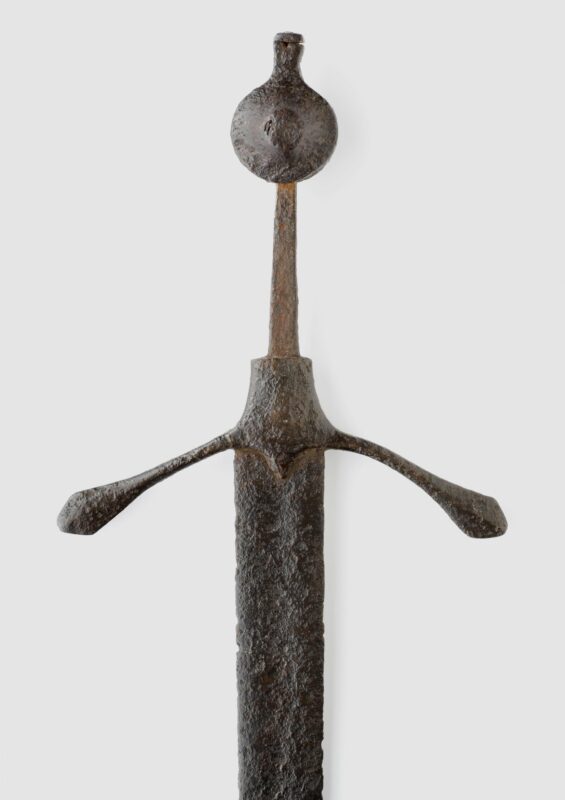
1 review for The Sword of Bannockburn (#1317)
Add a review Cancel reply
This site uses Akismet to reduce spam. Learn how your comment data is processed.
Related products
Fantasy Swords
Medieval Swords
Fantasy Swords
Medieval Swords
Fantasy Swords
Fantasy Swords
Medieval Swords
Longsword
HEMA Swords, WMA Swords and Weapons
Broadsword
Broadsword
Medieval Swords



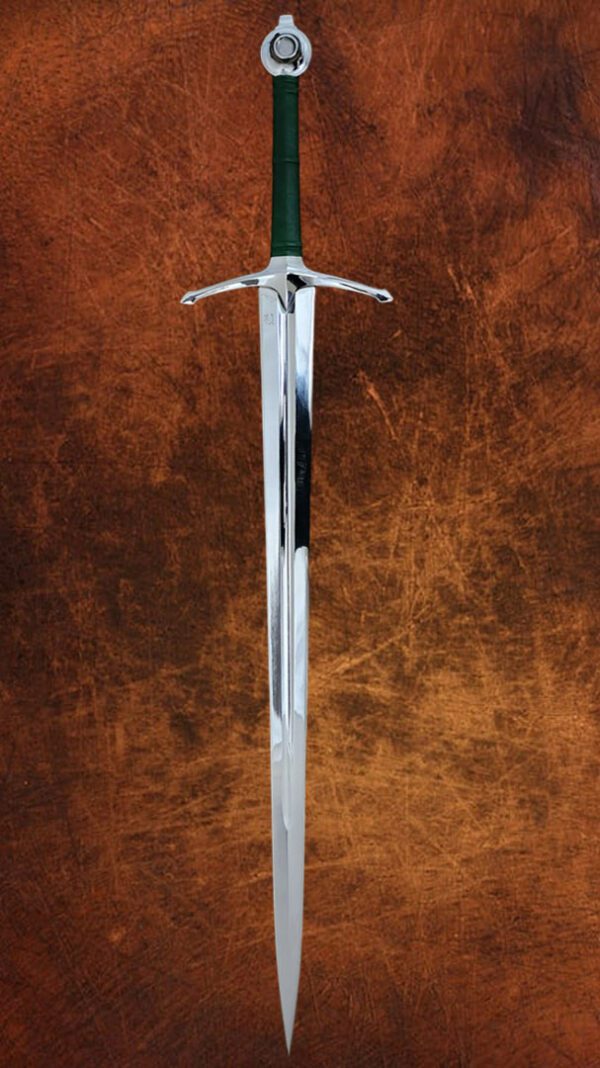
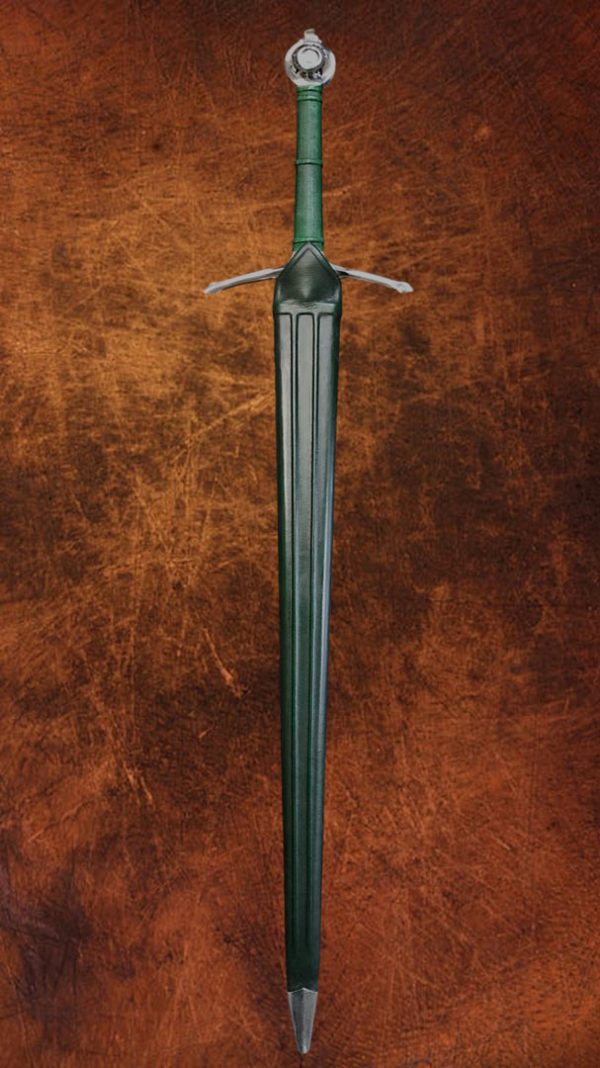
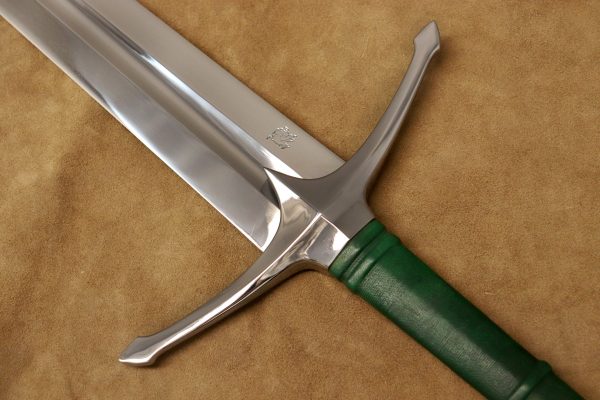
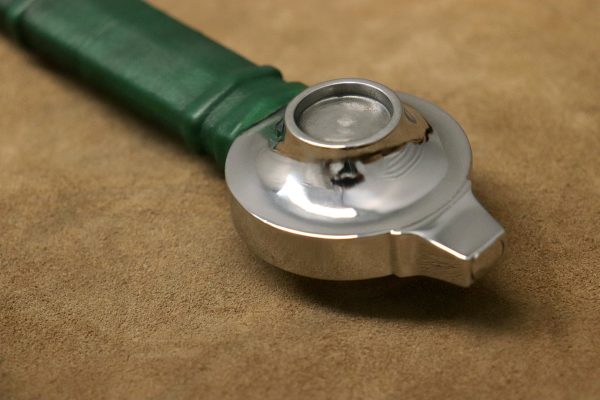
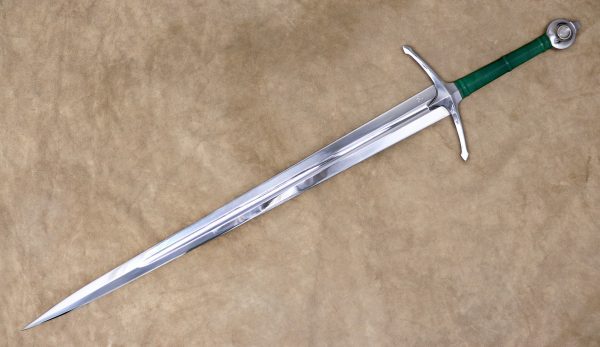
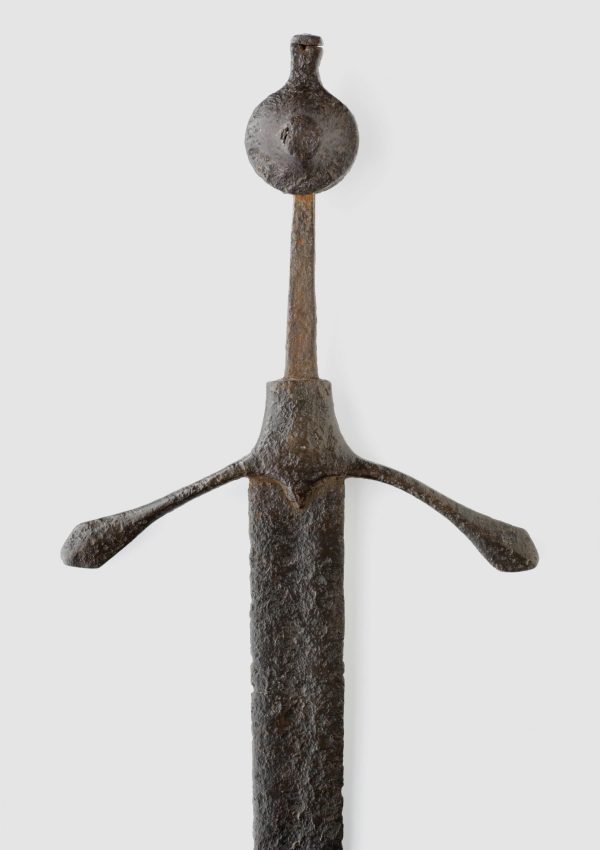

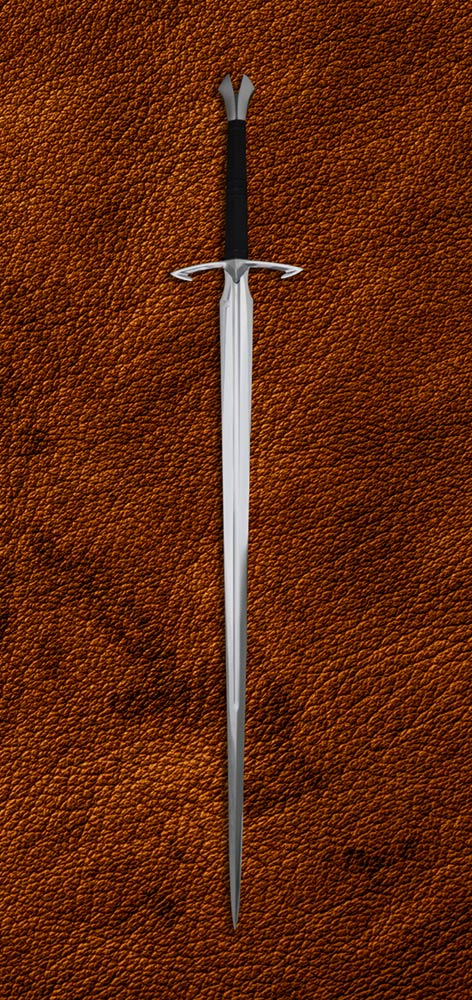
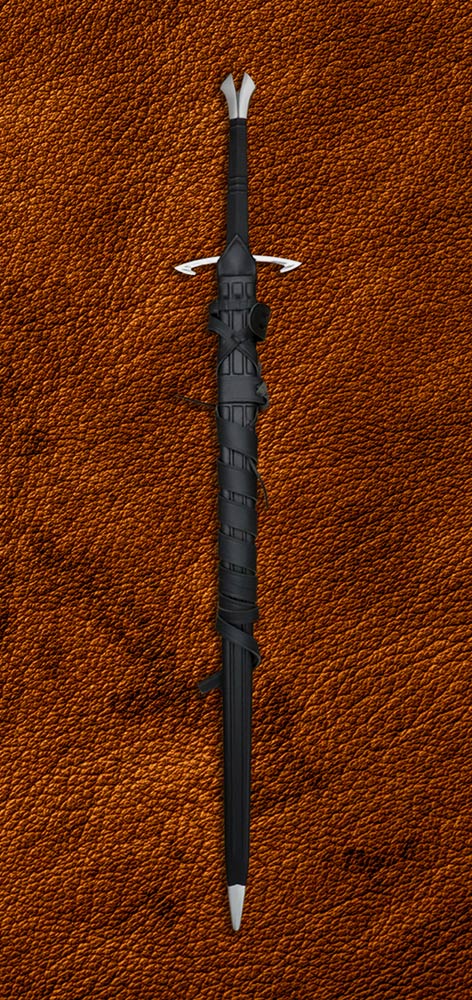
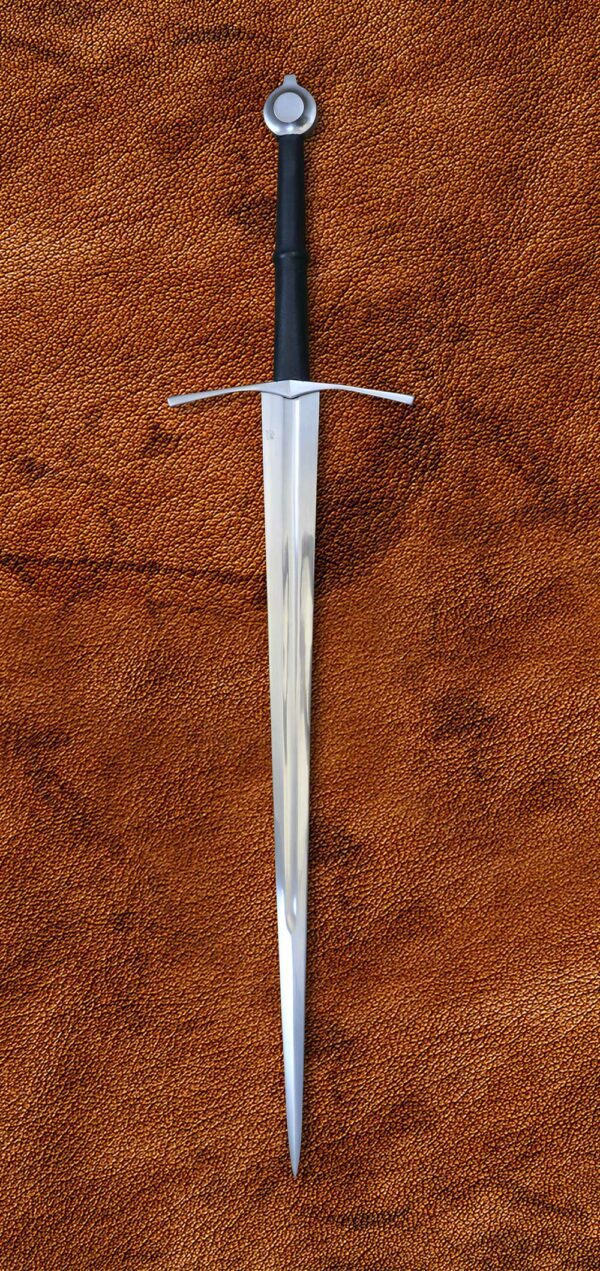
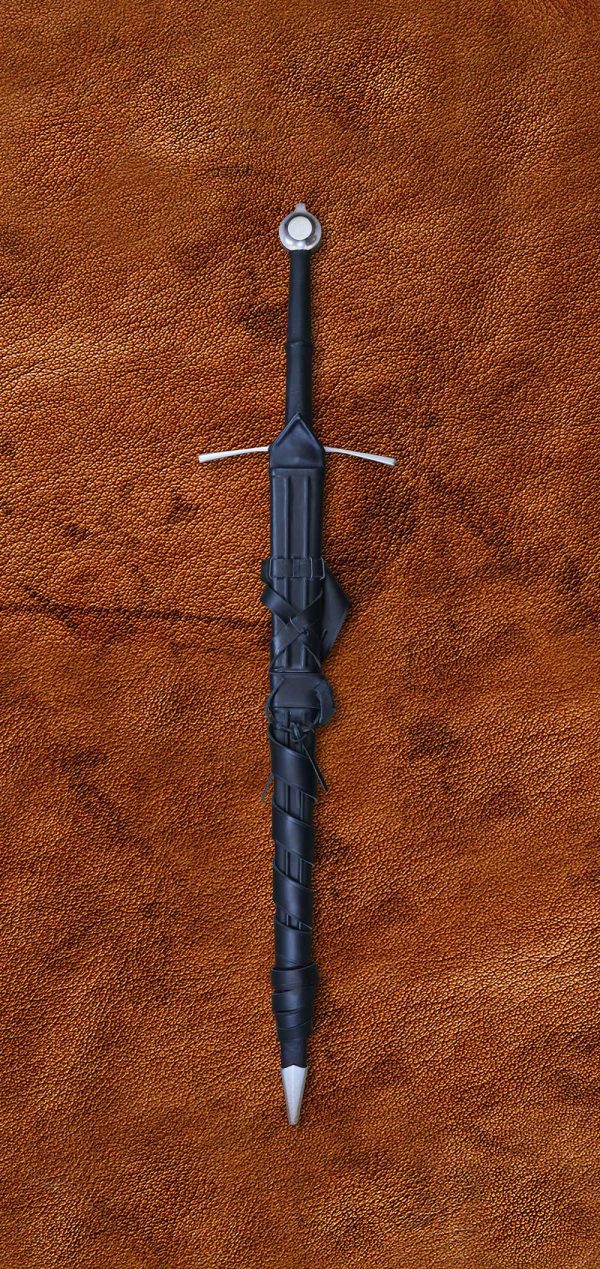
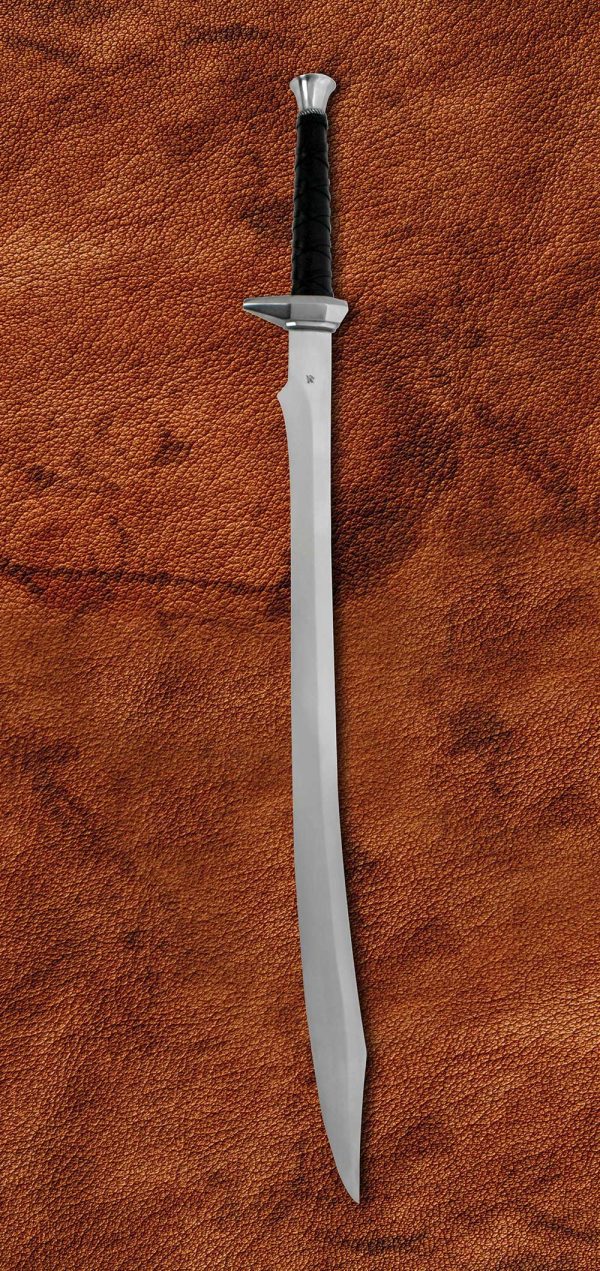
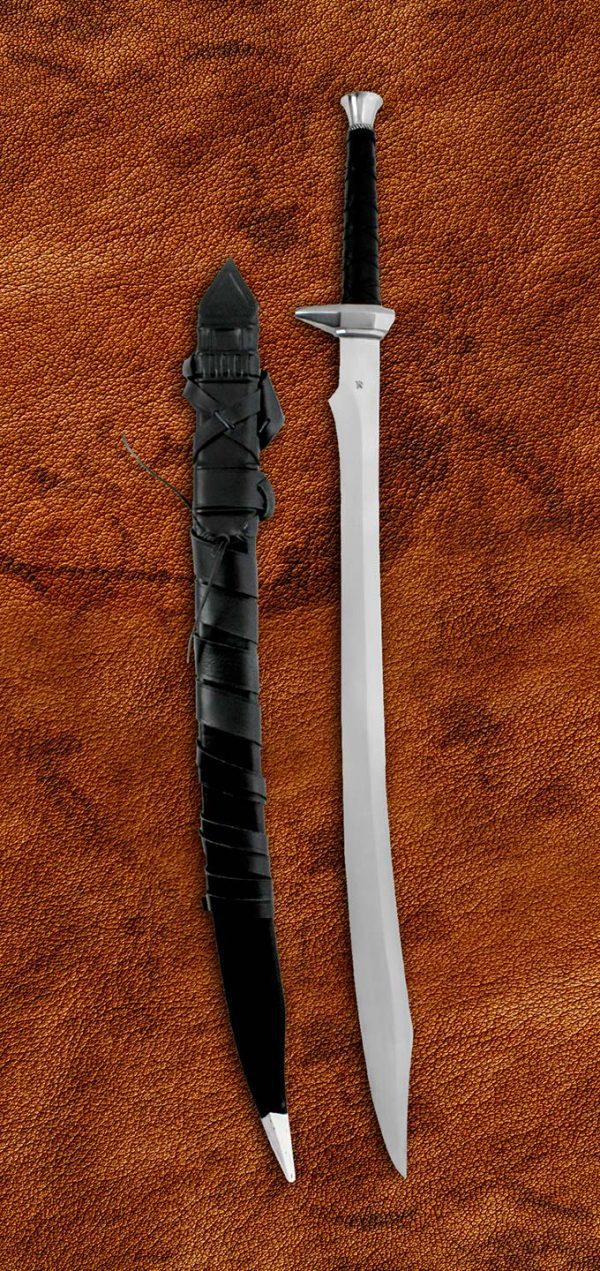
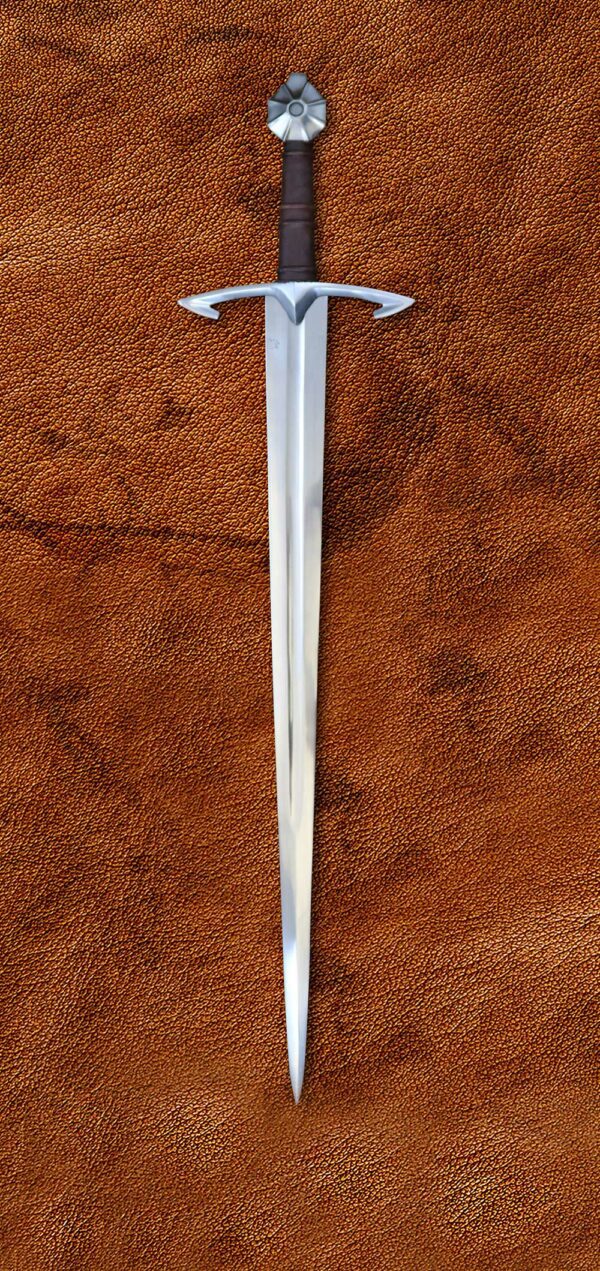
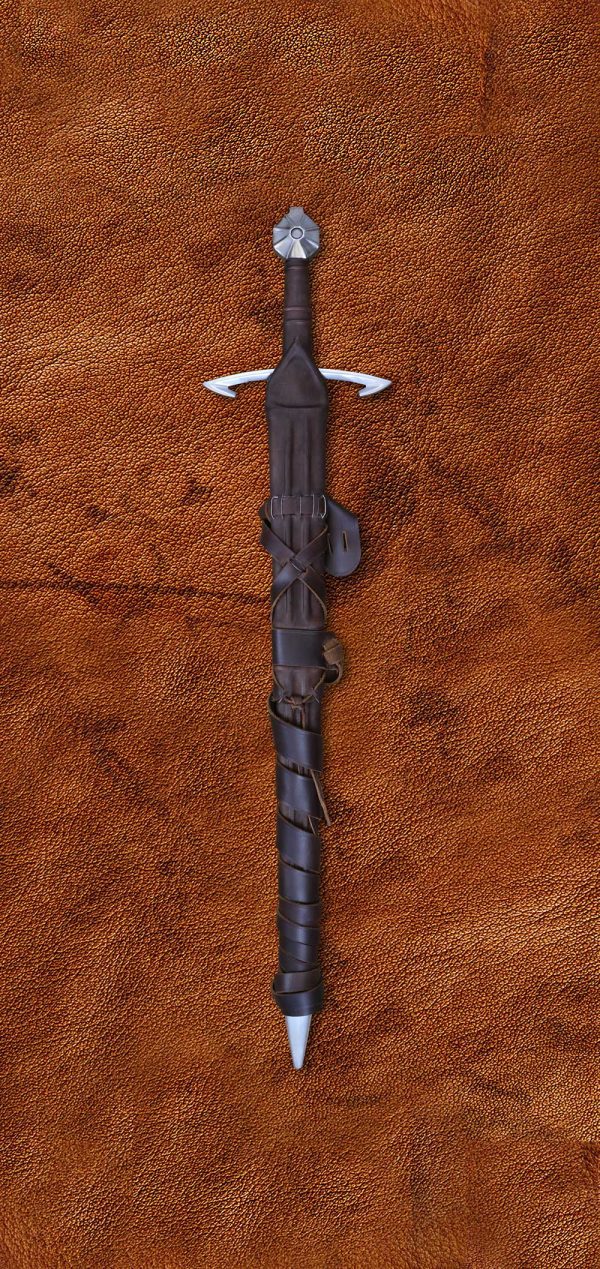
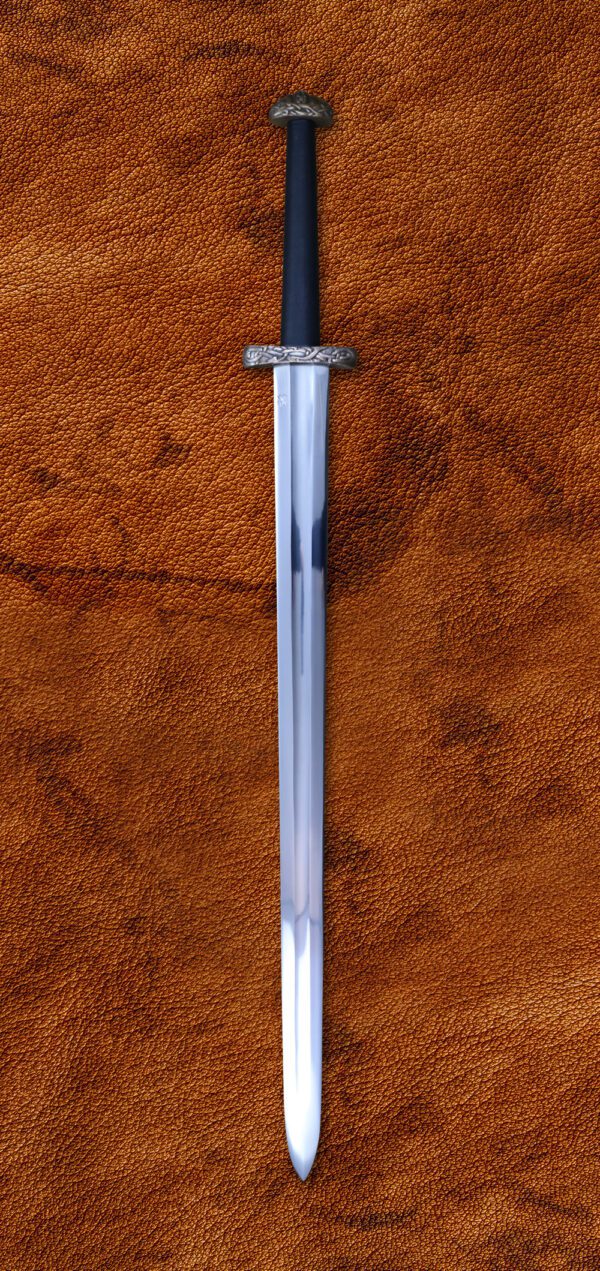
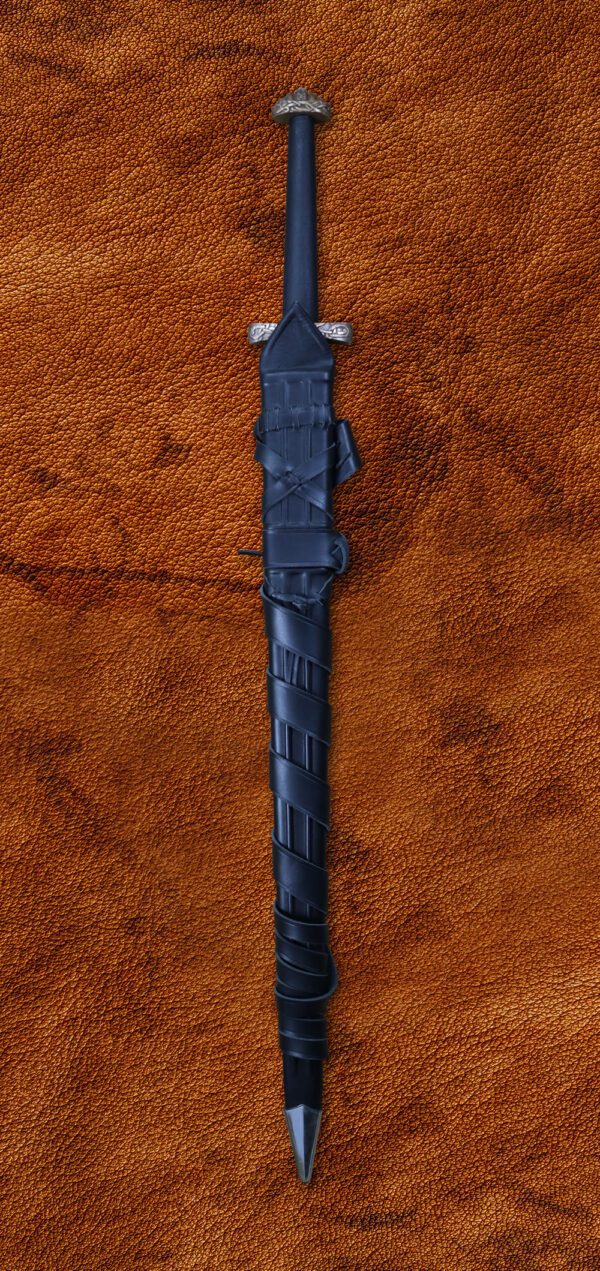
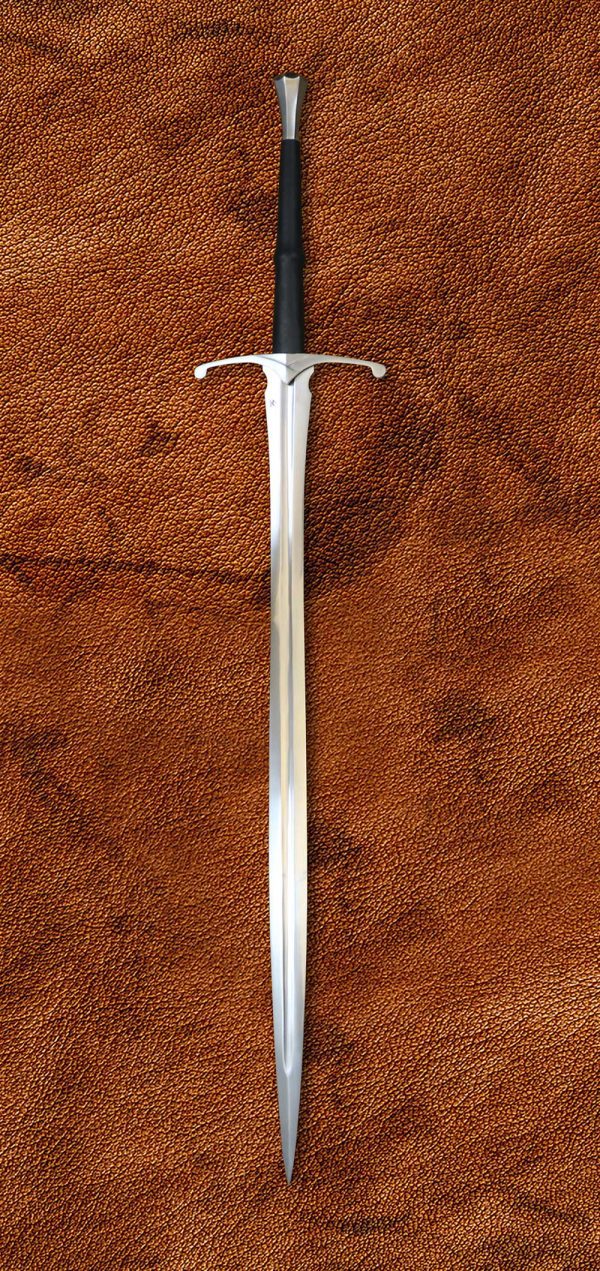
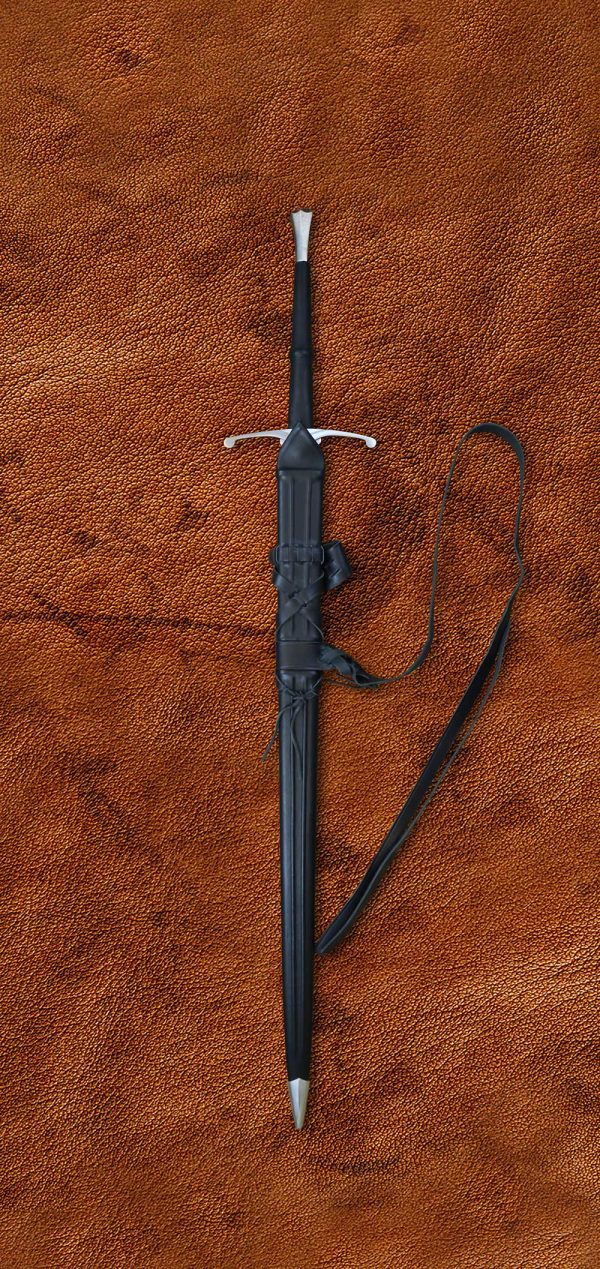
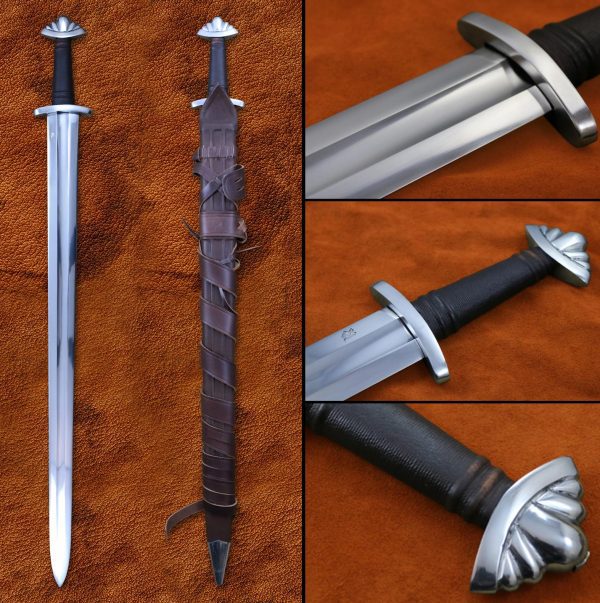
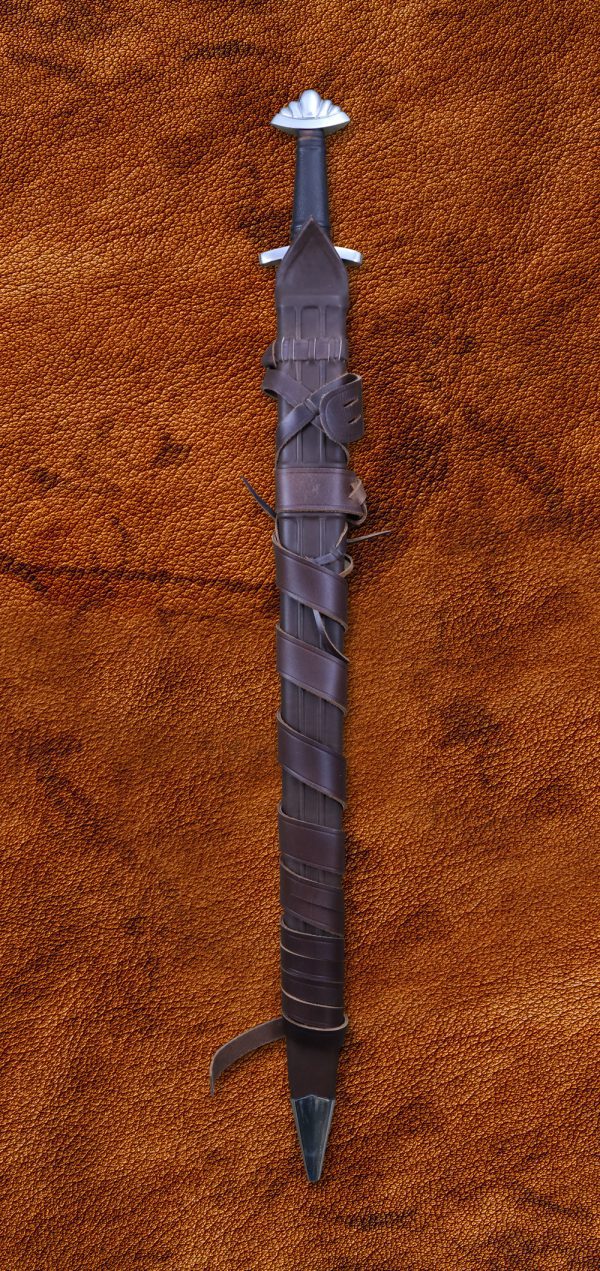
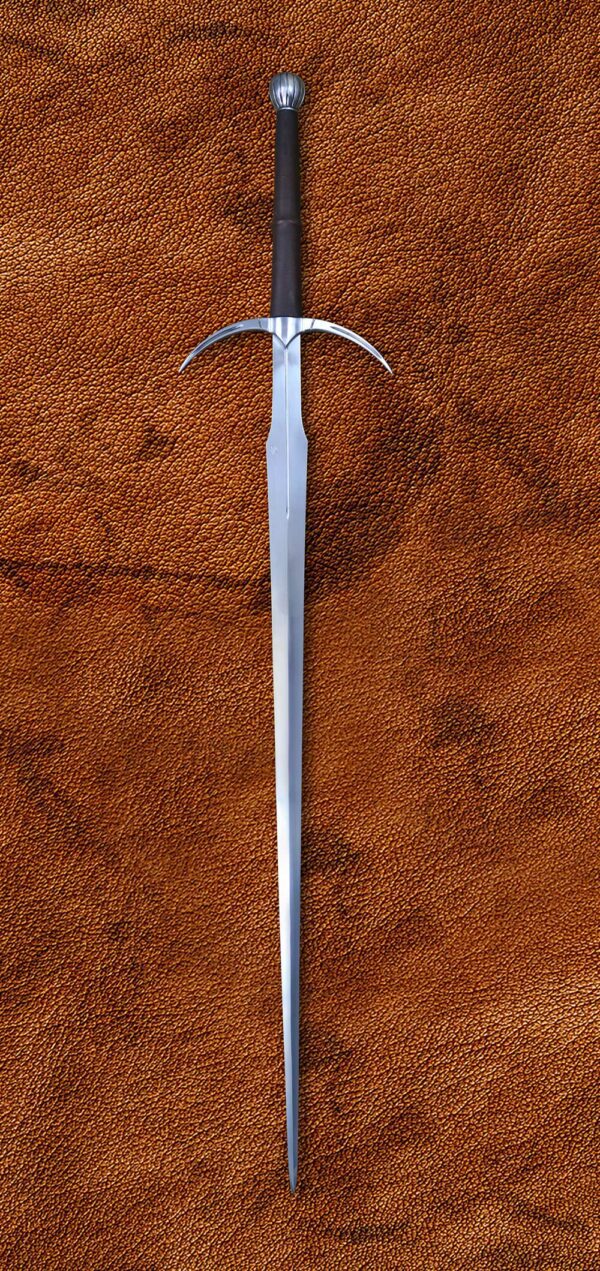
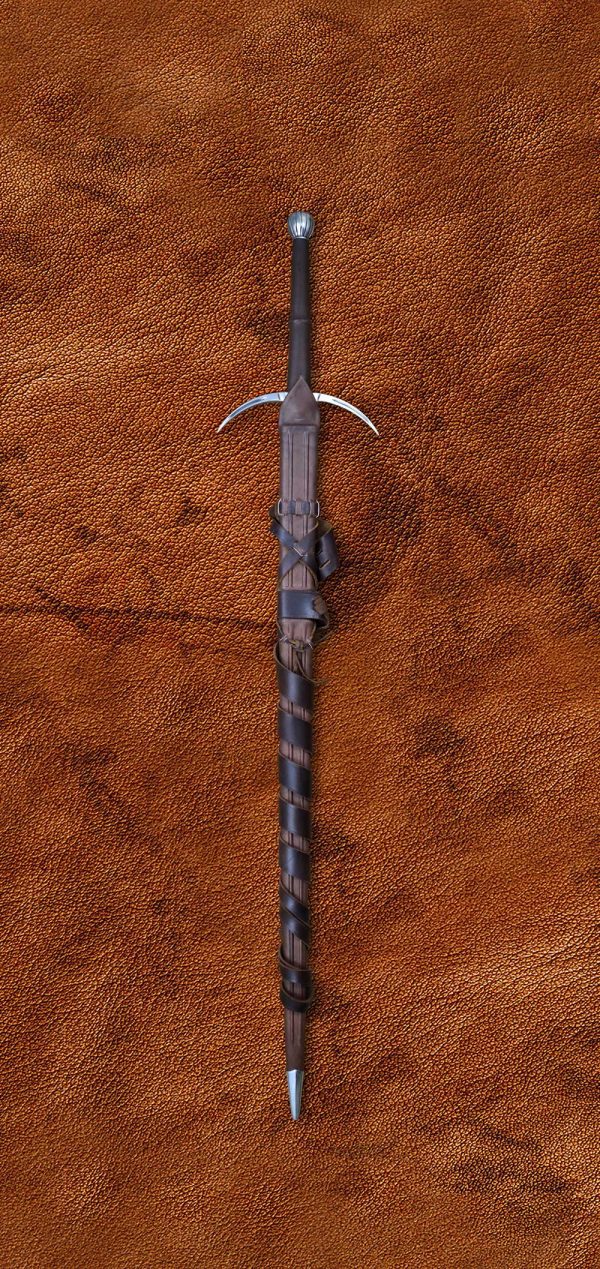
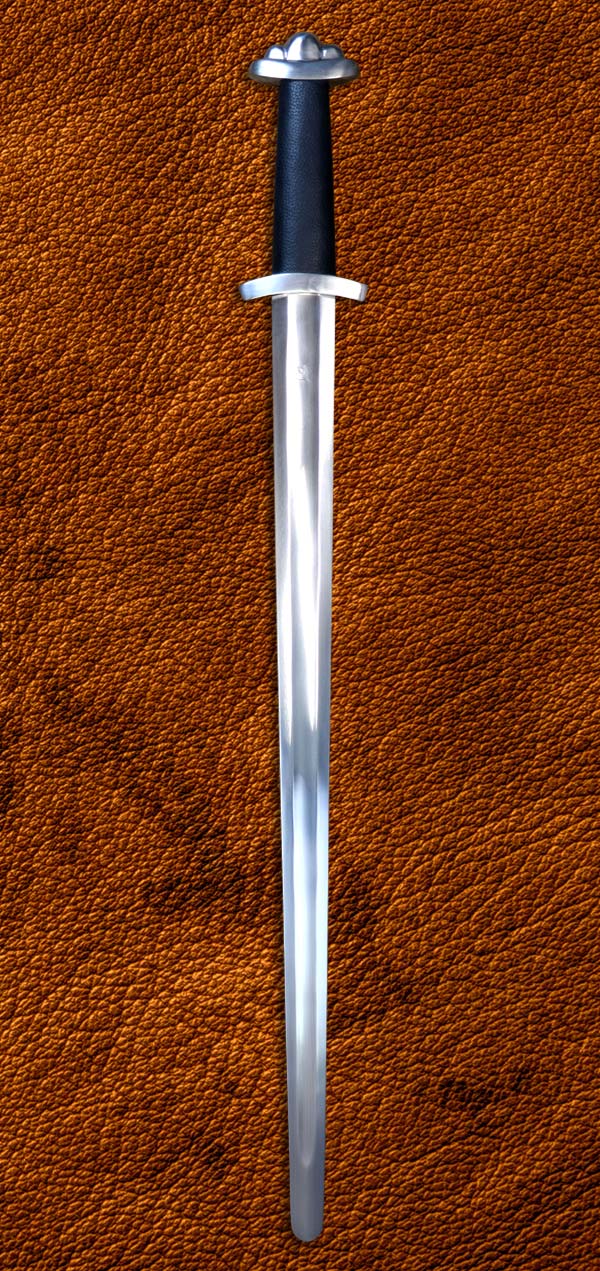
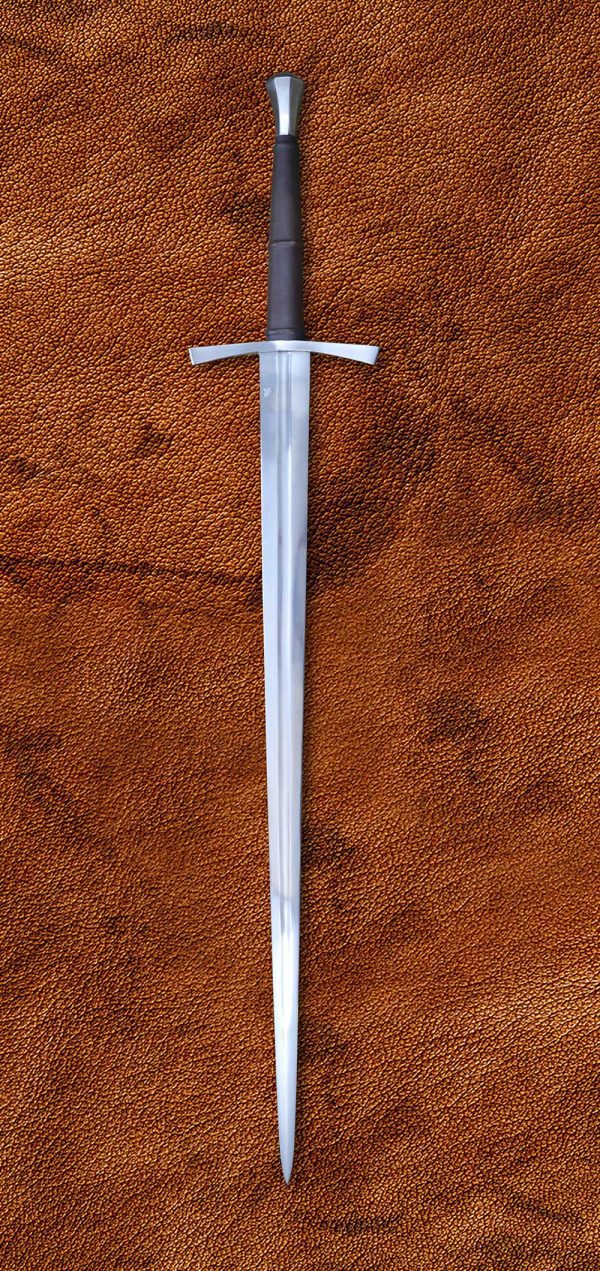
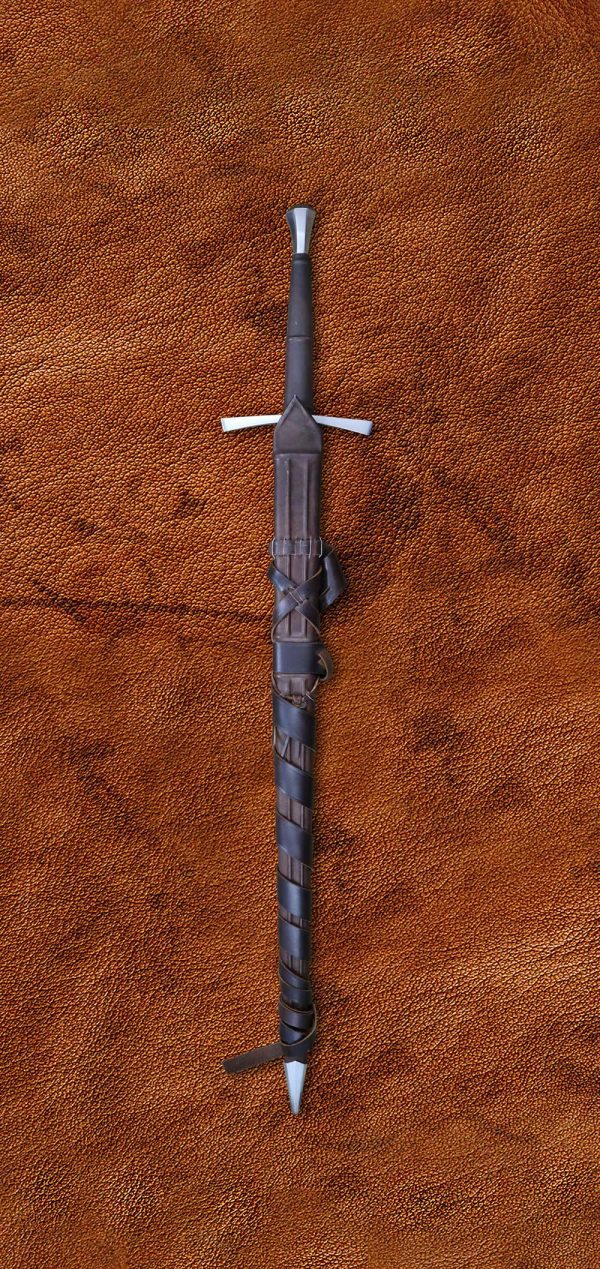
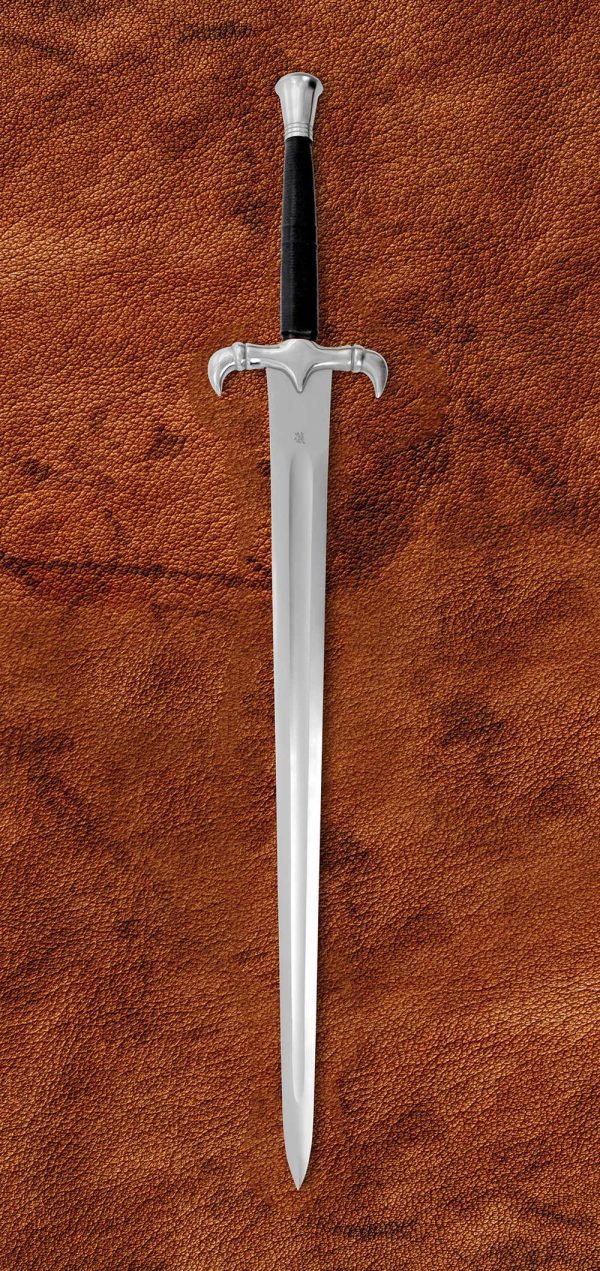
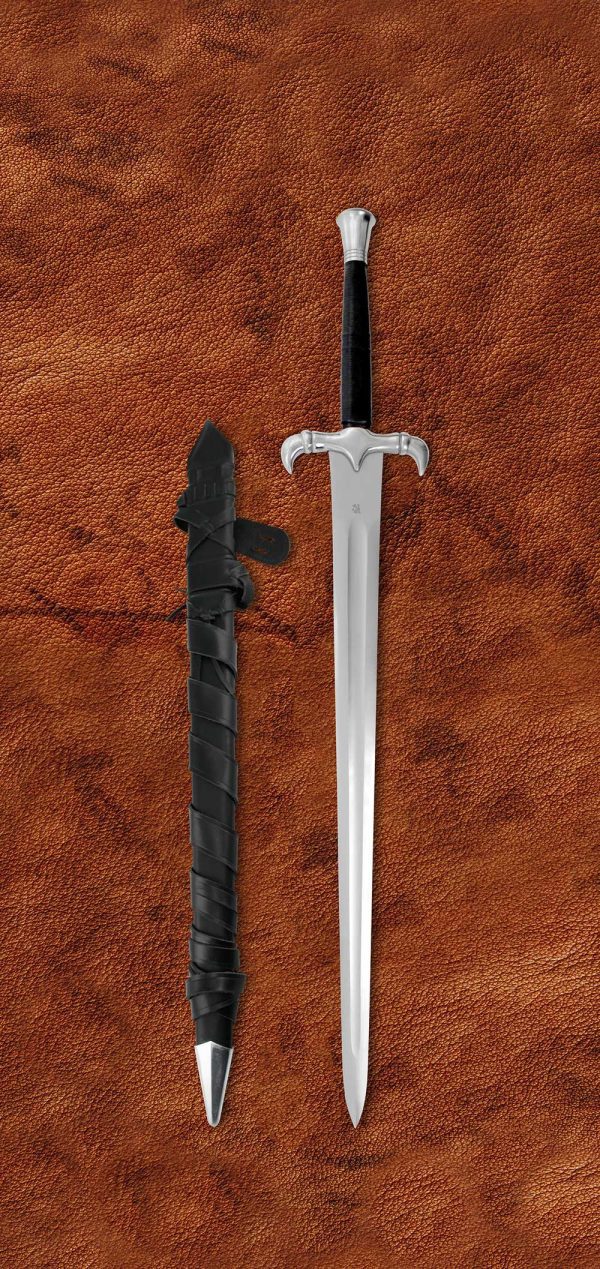
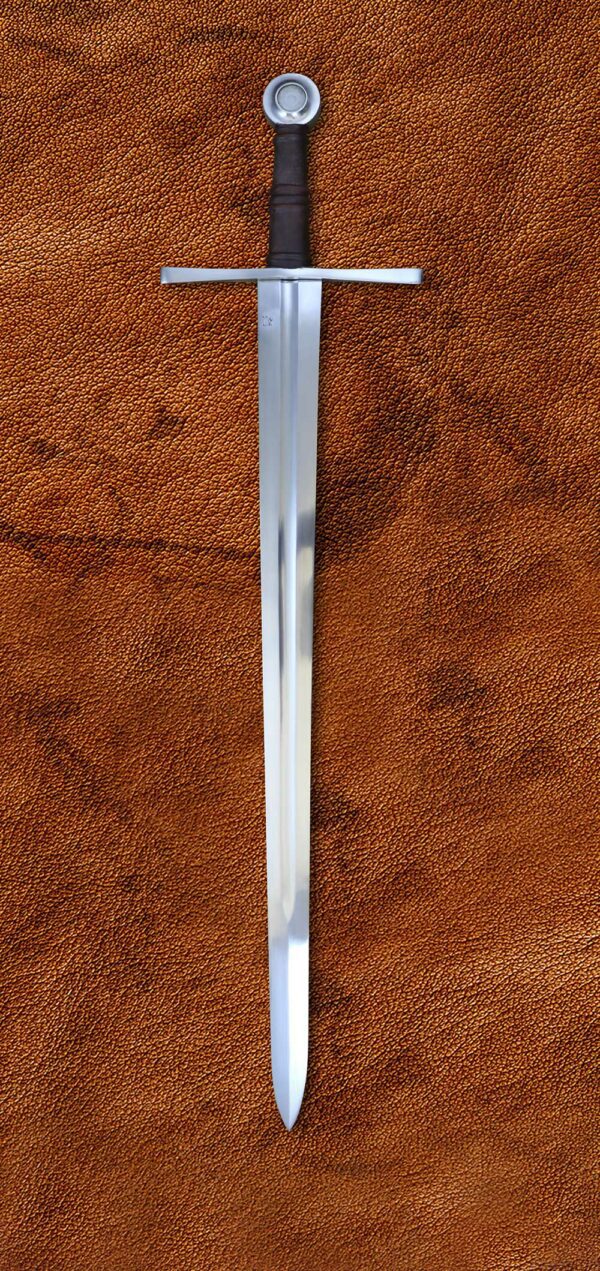
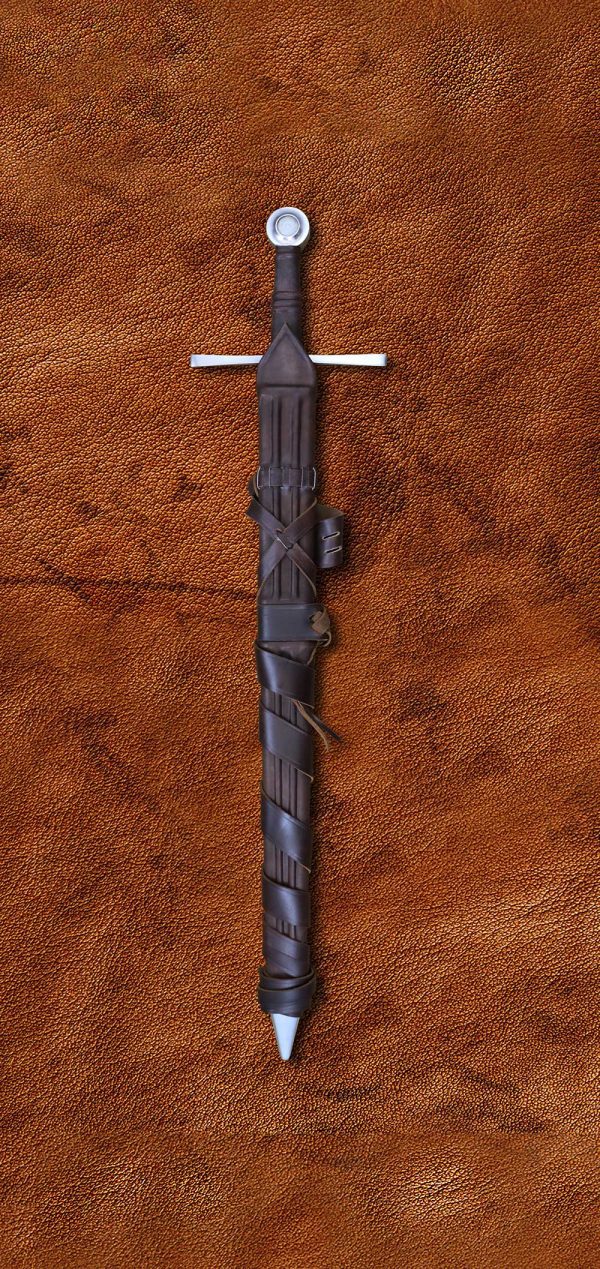
Zey Alderson (verified owner) –
Just got it, it’s gorgeous. Nice weight, terrific balance, and once again, beautiful.
Be aware, even the blunt blade is quite sharp
Sword belt is a little finicky, but workable